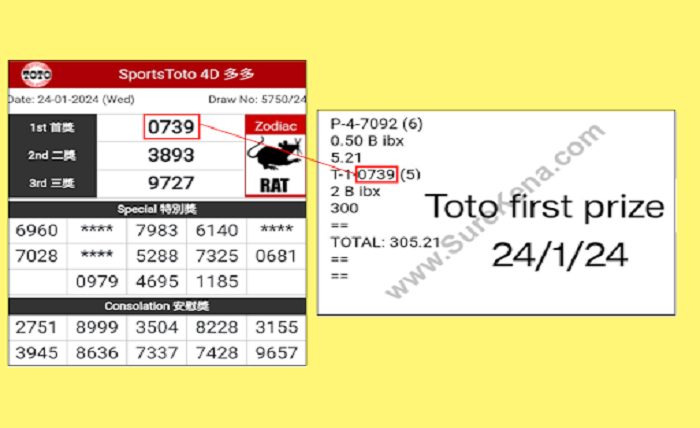Is Flat Wagering A Good Strategy For Beginners?
Analyzing Flat Betting
A flat bet is a staking method whereby a bettor wagers a set sum on every stake. This figure stays the same over a betting session or over a longer period. Flat betting’s main goals are to limit the risks connected to significant changes in bankroll size and offer consistency. Flat betting keeps a level-headed and regulated attitude unlike progressive betting systems, such the Martingale system, which demand rising bets following a loss.
Fixed flat betting is the first in which a bettor puts the same money on every wager. If someone chooses to bet $10 per https://pafikabgorontalo.org/ game, for instance, they will usually stay to this figure. Under proportional flat betting, the bettor wagers a set percentage of their bankroll. In this scenario, a bettor with a $1,000 bankroll choosing to wager 2% every bet would first lay $20 each bet. The wager size would fluctuate with changes in their bankroll.
Why Flat Betting Attracts Novices?
Flat betting’s simplicity is one of the main factors explaining it to be appropriate for novices. Many times, new bettors find difficult betting techniques; flat betting removes the need for careful calculations or changes. Beginning players can concentrate more on learning the principles of betting—such as odds analysis, bankroll management, and probability assessment—by keeping a set bet size.
Many inexperienced gamblers chase losses, greatly raising their wager amounts in an effort to recoup lost money. Often this results in major financial losses. By keeping a consistent strategy and so lowering the possibility of emotional betting and impulsive decision-making, flat betting does, however, promote discipline.
Still another important advantage is bankroll preservation. Betting is naturally dangerous, hence long-term success depends on good money management. Flat betting guarantees a bettor does not quickly run out of their money. Losing streaks do not quickly wipe out funds since every wager stays a fixed percentage of the bankroll. Aggressive betting techniques could help in this regard.
The Flat Betting Mathematical Advantage
Technically speaking, flat betting offers a disciplined approach to control risk. In betting, short-term outcomes are significantly influenced by volatility. While some bets will lose and others will win, keeping a constant bet size helps to reduce significant swings in the bankroll. Flat betting guarantees over time that a bettor does not undergo significant swings that can cause insolvency.
This approach also fits really nicely with probability-based betting. Flat betting lets a bettor maximize their edge over time if they have a good approach for choosing bets with a positive anticipated value. For example, flat betting guarantees constant and long-lasting increase over time if a bettor regularly selects wagers with a 55% chance of winning at even odds.
Possible Negatives Of Flat Betting
Flat betting has limits even if it offers benefits. Its failure to maximize winning streaks is one of the primary objections. The bet amount stays the same, hence bettors do not profit from advantageous circumstances where their edge may be stronger. Progressive approaches, on the other hand, let gamblers raise their wagers when they are doing well, so maybe generating more earnings.
One other drawback of flat betting is the need for patience. Many novices may find the slow, consistent strategy of flat betting boring and expect rapid gains. This approach emphasizes long-term bankroll management over short-term gains, hence bettors must be disciplined and resist the impulse to change their bet amounts depending on emotions or short-term performance.
Moreover, flat betting is not good in cases when a bettor lacks an edge. Flat betting will not make someone who regularly bets with a negative expected value into a profitable bet. It slows down losses rather than totally eliminates them. Bettors must thus continue to concentrate on enhancing their selection techniques and rendering wise wagers.
Flat Betting Against Other Betting Systems
Comparatively to other popular betting methods, flat betting is an excellent approach for novices if thoroughly evaluated is not clear-cut. To try to recoup earlier losses, the Martingale system—for instance—involves increasing the wager size after each loss. Although this is theoretically possible, a protracted losing run can rapidly drain a bankroll, therefore making it quite dangerous.
The Fibonacci betting technique is another well-liked tactic whereby bet amounts follow a Fibonacci number sequence. Like the Martingale technique, this method raises bet sizes following losses but at a slower speed. Martingale betting lowers some of the hazards involved, but it still requires a large bankroll to maintain losses.
On the other hand, percentage-based betting—which lets wagers change depending on a proportion of the bankroll—offers greater freedom than flat betting. It lets gamblers raise their wagers as their bankroll rises so that losses don’t spiral out of hand. Although this strategy can work well, compared to flat betting it calls for more computations and modifications.
Effective Use Of Flat Betting Effect: Best Practices
For those starting flat betting, various basic practices can improve its success. First is determining a fair wager amount. Usually advised is to gamble between 1% and 5% of the whole bankroll per wager. This spectrum guarantees that losses do not build up too rapidly and lets enough risk management possible.
Choosing quality bets is also absolutely vital. Although flat betting is a good staking technique, it cannot offset bad bet choices. Researching odds, knowing industry trends, and spotting bets with a good expected value should be priorities for beginners. By means of record-keeping, tracking betting performance can also help to hone tactics and enhance over time decision-making.
Novices should fight the want to stray from the flat betting strategy. One of the main dangers for rookie bettors is emotional betting; however, following a set bet amount helps prevent impulsive selections. Successful application of this approach depends on maintaining discipline even during losing streaks.







